
Agriculture
June 20, 2024
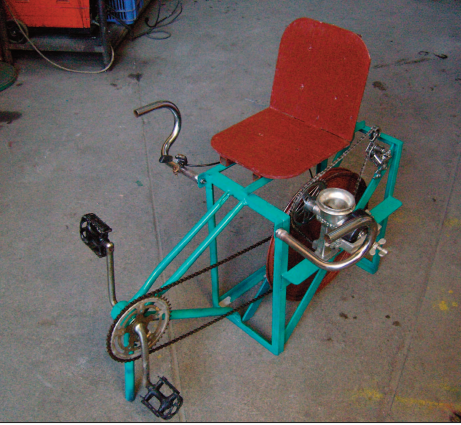
Updated on August 23, 2024
·Created on September 4, 2016
Maya Pedal's Bicycle Mill is a pedal-powered machine adapted to fit a manual grinding mill or a corn thresher.
Bicimáquinas are pedal-powered machines that assist with a variety of jobs at home, on the farm, on the road, and in small businesses. Each bicimáquina is handmade in Maya Pedal’s workshop using a combination of old bikes, concrete, wood, and metal. Maya Pedal’s Bicycle Mill is a pedal powered machine adapted to fit a hand-powered grinding mill or a corn thresher. The most common use is for milling yellow maize, soya beans, and coffee.
This product is an open-source technology, with full details for replication available online.
Target SDGs
SDG 2: Zero Hunger
SDG 8: Decent Work and Economic Growth
Target Users (Target Impact Group)
Household, Community
Distributors / Implementing Organizations
Maya Pedal is supported by a number of international organizations including Pedal Energy Development Alternatives, Bikes Not Bombs, Working Bikes.
Competitive Landscape
Direct competitors include Solar Milling Small-Scale System.
Regions
Central America
Countries
Guatemala
Manufacturing/Building Method
Maya Pedal accepts bikes donated from the USA and Canada of which they use the components to build a range of "Bicimaquinas", (pedal-powered machines), including the Bicycle Mill. Bicimaquinas are individually made in Maya Pedal's workshop, which is staffed by locals and by volunteers from around the World. It is built using locally available materials. The entire frame of Maya bicycle pedal is made from steel. It is obtained from an old bicycle frame including the crankset. The electrodes designed for cast steel to weld some part of the bicycle is used to build this product. And to have a better bond, the frame is flattened and bent before welding to the chassis.
Intellectural Property Type
Open-source
User Provision Model
Users can obtain the Bicycle Mill directly from Maya Pedal, or create their own by using the provided instructions.
Distributions to Date Status
Unknown.
Feedstock types
Any type of grain or coffee beans. The most common use is for milling yellow maize, soybeans, and other elements that make up animal feed.
Energy requirement (W)
N/A
Portable or stationary
Design Specifications
The bicycle provided by Maya Pedal can be fabricated following the steps detailed in the instruction guide. The bike frame is made by following the dimensions: 450mm of seat tube, 250mm of the down tube, and the entire length of the chainstays.
The pedal Powered mill is built by starting the adaptation of the hand mill, then making chassis of the bike is made by cutting the frame as described in the instruction document. The third step concerns making the flywheel from a 20” wheel which can be done by following two steps as described in the instruction manual above. This step is followed by the construction of the seat with recycled plywood.
The handlebars are made during the 6th phase by using steel dropped racer bars cut in half. The manufacturer weld 8mm bolts onto 20mm washers to bold on it. The Chain Assembly is the last step to get the Pedal powered mill construction done.
Technical Support
Technical support is provided directly from Maya Pedal. Interview with representative
Maya Pedal also provides training workshops to NGOs interested in implementing pedal technology in their own communities, including bicycle machine repair, maintenance, and innovative uses for the machines.
Replacement Components
Replacement components can be provided by Maya Pedal.Interview with representative
Lifecycle
The average life of a bicimaquina is over 20 years.Interview with representative
Manufacturer Specified Performance Parameters
Performance targets:
Vetted Performance Status
Unknown.
Safety
No specified safety precautions.
Complementary Technical Systems
Bicimáquinas can be adapted to fit a variety of attachments for different tasks such as milling/threshing, pumping, blending, serve as a washing machine or handcycle.
Academic Research and References
Tanjimul, H.P. et al., 2016, Generation of Electricity by Pedal power. Bachelor thesis of Science in Electrical and Electronic Engineering, Islamic University of Technology.
Jon, L. 2010, Putting Research into Practice: From a Steel City Drawing Board to the Heart of the Maya: From a Steel City Drawing Board to the Heart of the Maya. The University of Sheffield.
Compliance with regulations
Unknown.
Other Information

Agriculture
June 20, 2024

Agriculture
February 21, 2024
Implemented by
ABC Hansen Africa
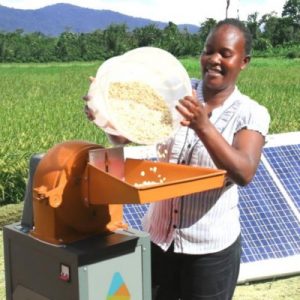
Agriculture
September 18, 2024
Implemented by
Agsol
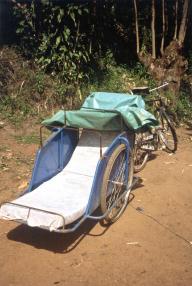
Agriculture
June 22, 2024
Implemented by
Bicycle Empowerment Network (BEN) Namibia
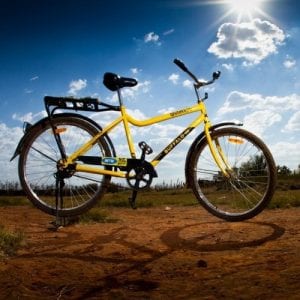
Agriculture
June 22, 2024
Implemented by
World Bicycle Relief
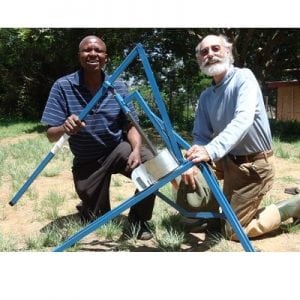
Agriculture
February 1, 2024
Implemented by
Elliot Litsebe Tsiame
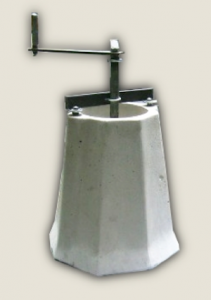
Agriculture
September 11, 2024
Implemented by
Jock Brandis & Wes Perry – Full Belly Project
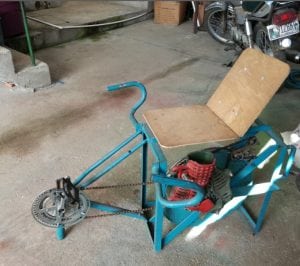
Agriculture
September 11, 2024
Implemented by
Bici-Tec
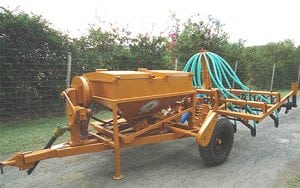
Agriculture
February 5, 2024
Implemented by
Ndume Kenya Limited
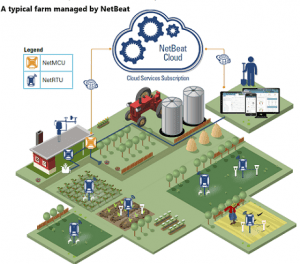
Agriculture
June 11, 2024
Implemented by
Netafim
Have thoughts on how we can improve?
Give Us Feedback
Replacement components could state modularity to different wheel sizes per local parts available?